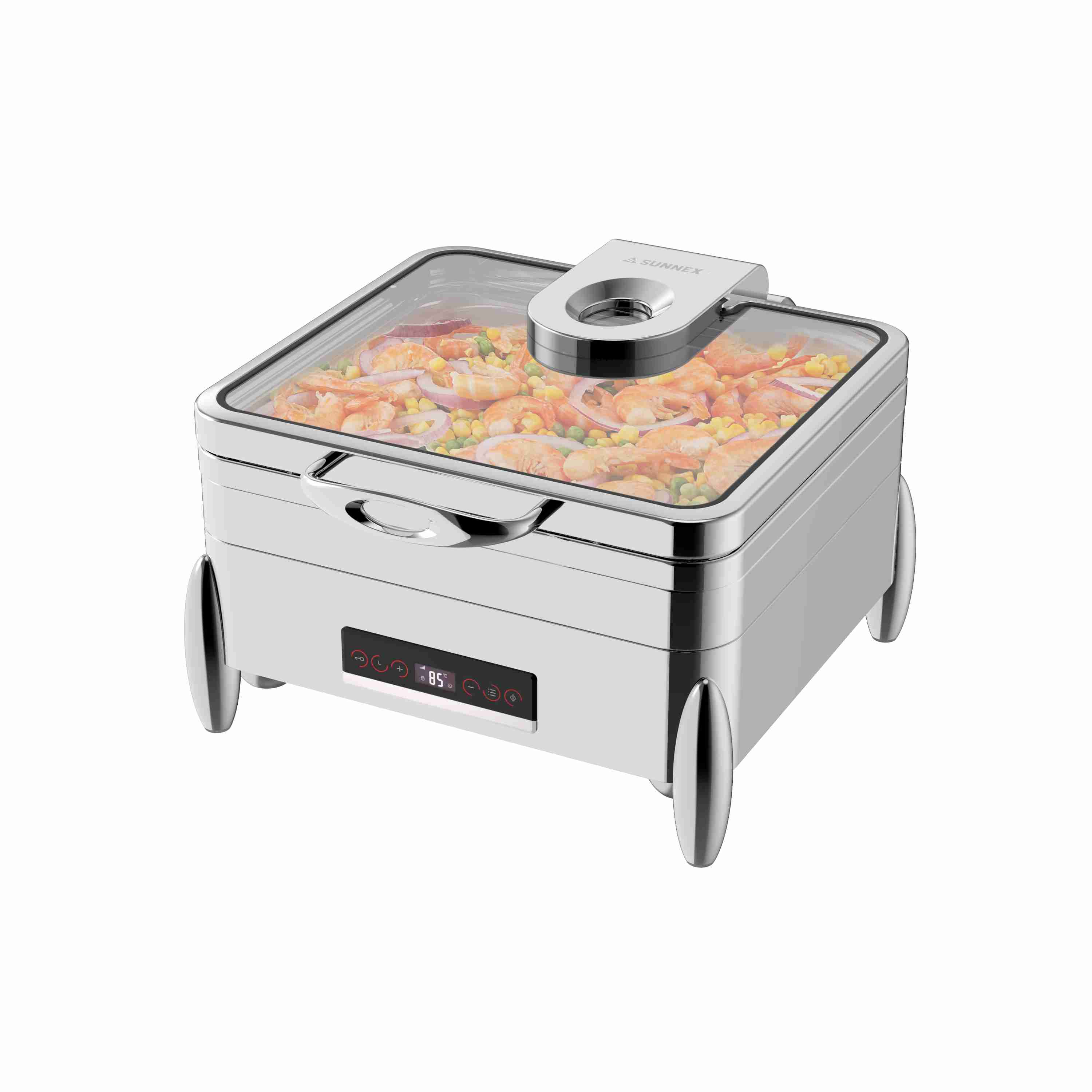9 Food Service Trends that Shaped the Buffet ware Industry
2024-06-06
Certainly, the buffet ware industry is influenced by various food service trends that shape consumer preferences, dining experiences, and industry practices. Here are nine significant trends that have impacted the buffet ware industry:

1. Sustainability and Eco-Friendly Practices:
- Increasing consumer awareness and concern for environmental sustainability have led to a demand for eco-friendly buffet ware made from renewable or recyclable materials.
- Trends include the use of biodegradable materials like bamboo or sugarcane fiber, as well as reusable and durable options to reduce waste.
2. Health and Wellness Focus:
- Consumers are increasingly seeking healthier dining options, including fresh and nutritious foods served at buffets.
- Buffet ware designed to promote portion control, food presentation, and hygiene supports these health-conscious trends.
3. Customization and Personalization:
- Customization options in buffet ware allow for personalized dining experiences, catering to individual dietary preferences, allergies, and cultural tastes.
- Modular and adaptable buffet systems enable flexible configurations to accommodate various menu offerings.
4. Interactive and Experiential Dining:
- Buffet setups that offer interactive cooking stations, live demonstrations, and chef interactions enhance the dining experience.
- Creative buffet ware designs facilitate interactive elements, such as build-your-own stations and DIY serving options.
5. Global and Ethnic Cuisine Influence:
- The popularity of global and ethnic cuisines has influenced buffet offerings, driving demand for buffet ware designed to showcase diverse culinary traditions.
- Buffet ware featuring thematic designs, ethnic motifs, and versatile serving vessels cater to the growing diversity of food options.
6. Technology Integration:
- Digital technologies, such as touchscreen displays, self-service kiosks, and RFID-enabled inventory systems, streamline buffet operations and enhance guest convenience.
- Smart buffet ware with built-in heating or cooling elements helps maintain food temperature and quality.
7. Food Safety and Hygiene Standards:
- Heightened awareness of food safety and hygiene concerns, particularly in communal dining settings, has led to innovations in buffet ware design.
- Features like sneeze guards, germ-resistant materials, and easy-to-clean surfaces address these hygiene requirements.
8. Space Optimization and Versatility:
- Buffet ware designed for compact storage, easy transportation, and modular assembly optimizes space utilization in catering and event settings.
- Versatile buffet systems that can adapt to various venue layouts and capacities offer flexibility for different occasions.
9. Aesthetic and Decorative Elements:
- Aesthetic appeal plays a significant role in buffet presentation, with buffet ware designs reflecting current design trends and decor themes.
- Stylish and contemporary buffet ware featuring modern finishes, sleek lines, and artistic accents elevate the visual appeal of buffet displays.
These trends illustrate the evolving landscape of the buffet ware industry, driven by changing consumer preferences, technological advancements, and industry innovations. Manufacturers and suppliers continually adapt to these trends to meet the demands of the food service market and enhance the buffet dining experience.


